Rough seas, dark skies, boats almost capsizing in the huge waves…and the miraculous intervention of Nossa Senhora da Conceição. This is, in short, the story Both of you ex-votes on the walls of the sacristy of the Igreja Matriz in Ferragudo, transformed into a small museum.
The oldest votive Ferragudense, painted on wood, dates from 1774 and is even one of the most ancient of its kind, known throughout the country, as revealed by Susana Santos, guide of the Portuguese and French group who, last Saturday, participated in the «Marítimo Commitment» event , promoted in Ferragudo by the Vicentina association, within the scope of 365Algarve schedule.
These paintings, painted on wood (the oldest) or canvas, show moments of distress of the men of the sea, from which they were saved, they believe, thanks to divine intervention, in the case of Nossa Senhora da Conceição, patron saint of Ferragudo.
are images naive, full of colors and dramatic scenes, which demonstrate the faith of seafarers. They are also, as Susana Santos explained, an example of the way of life and way of thinking of this community, linked to the sea for centuries, which still today, despite the appeal of easier lives, resists in the village of Ferragudo, in the river estuary. Arade
And it was to remember and celebrate this “commitment” with the sea that this event took place, in a cold and windy late afternoon and night. Through the narrow streets of the old land of fishermen, other seafarers and canning stores, one could hear the stories of a people who always took their bread from the sea.
On the wall of Ferragudo, that is, on the long pier next to the river, there are still seamen preparing their nets or hooks for fishing. In the waters of the river, which rises and falls with the tides and sometimes even invades the town's downtown, as it has always done since time immemorial, two wooden boats, sailing and rowing, are moored, saved by the Maritime Scouts, which remember more difficult times when everything had to be done by force of arms or taking advantage of the wind.
But Ferragudo has not stopped in time and today there are signs of modernity, aimed at the activity that is the current engine of the economy: tourism. But even here, the history and heritage, largely immaterial, of this community is not forgotten.
An example of this modernity is the Galeria Vasco da Gama 26, which opened on this downtown street last June, on the ground floor of a building that was once a carpentry for boats, which later housed an adult school and has now been restored by the architect Marlene Uldschmidt, a German woman in love with Ferragudo and who has lived and worked here for about a decade.
In the gallery, you can see “Mar e Terra”, a photography exhibition by Marlene herself, where the land is represented by a large-format image of the entrails the decaying buildings of the old rammed earth building (now recovered and readapted to new functions), and the sea by another photo, also large, showing the foam of a wave breaking on the beach.
But the sea is also represented, and above all, by the impressive gallery of 18 black and white photographs, taken in 2007, of the founders of the Ferragudo Fishermen's Association. “Today, of those 18, there will only be about five still working”, lamented Marlene Uldschmidt, who received the group of visitors, at the beginning of the evening, in her gallery.
It is an exhibition that, as the architect explained, is a "homage", because it makes "the link between the history of materials, the activity and the people, the fishermen of Ferragudo". But, he admitted, "this exhibition also represents some sadness, for an era that no longer exists."
Next door is the Casa Grande, owned by Luís Alberto, a local businessman and former president of the Parish Council. It's the former captain's house, which, after a few years closed, now houses a wine bar and tapas restaurant, which preserves the atmosphere and magic of days gone by. In this place, the group took the first break for the gastronomic tasting of the night: roasted chorizo, with good homemade Algarve bread and some little mosquitoes of medronho or honeydew brandy. With the cold outside, the arbutus served to warm… the souls.
Not long ago, the group had departed from close by, from Praça Rainha D. Leonor, the wife of King D. João II who, in the XNUMXth century, had this riverside village created.
Sonia Felicidade, superior technician at Vincentian association and responsible for the organization of these events called "Marítimo Commitment", explained that, since that time, there was a concern to "give privileges to seamen, so that they came to populate these areas of the coast and maintain the fishing activity, which was highly profitable for the crown. These privileges included, for example, the fact that they were not recruited into wars, to defend the country, or because they were able to carry weapons on the ground. But, on the other hand, it was they who defended the coast from piracy, which, in those times, was a constant danger here in the Algarve».
Susana Santos and Silvano are the two specialized guides at Ethnogarbe tourist entertainment company, which, in partnership with the Vicentina association, are promoting a series of events, this year taking place in Lagos and Ferragudo, two of the ten Algarve towns where the so-called «Maritime Commitments» existed for centuries, a kind of social security for the fishermen and other men connected with the sea, pay for themselves.
«There were ten maritime engagements in the Algarve, very well divided, five in Barlavento, five in Sotavento. They were Lagos, Portimão, Alvor, Ferragudo and Albufeira, on this side, Vila Real de Santo António, Tavira, Fuzeta, Olhão and Faro, in the other», explained Susana Santos.
Among them were “not only fishermen, but also caulkers, carpenters, all those connected with sea life”. The Ferragudo Commitment was instituted by King João V, in the 25th century, through a royal charter. And it continued, along the same lines, until the advent of Liberalism, in the XNUMXth century, persisting with some modifications until the Republic and the Estado Novo, when they were extinct and their assets, privileges and functions were transferred to the Houses of Fishermen and People , and, after the XNUMXth of April, for Social Security. Today they are just a memory.
In Ferragudo, the Compromisso Marítimo building, restored three years ago by the Parish Council and turned into an exhibition hall, is almost next to the Igreja Matriz, so that perhaps explains why there is no maritime chapel here. dedicated to the patron saint of Compromissos, S. Pedro Gonçalves Telmo, as happens, for example, in Tavira, with the call Church of the Waves.
"S. Pedro Gonçalves Telmo was also known as Corpo Santo, which is why it was one of the first names of Compromissos Marítimos», recalled the guide.
The image of the saint, always represented with a boat at his feet, is on an altar in the church of Ferragudo. But now the devotion of the men of the sea and their families turns, above all, to Nossa Senhora da Conceição, in honor of which there is still a lively and much attended procession along the river on 15th August.
Despite all the transformations and the omnipresence of tourism as the main economic activity, Ferragudo, as shown in this four-hour visit through its streets, histories and heritage, still maintains a strong connection to the sea. Suffice it to say that it is in this town that the only and very active group of CNE Maritime Scouts in the Algarve is based. And its members are almost all children and grandchildren of fishermen, caulkers, canning workers and other people connected to the sea.
Because, as Sónia Felicidade had already explained, this route through the village of seafarers would be punctuated by tastings, the second gastronomic chapter took place in the Compromisso Marítimo building, well sheltered from the cold wind that has risen in the meantime. The group warmed up again with a broth and then, going up to the first floor, warmed their stomachs with cod fritters, roe salad and other seafood snacks, washed down with red wine.
Only the final part of this whole program was missing: the open-air concert, in the churchyard, by the musician MPeX. The setting was perfect, with a view covering the entire Arade estuary…but the strong wind that blew meant that the Portuguese guitar concert, mixed with electronic music, in a very unique language, had only thirty spectators, Portuguese and foreign , some gone on purpose to listen to MpeX.
There were three dozen resistant ones, wrapped up as on a harsh winter's day, in thick coats, scarves and wool caps. But MpeX, even more exposed to the cold than those attending the concert, did not let up and plucked from his guitar the sounds of a very Portuguese musicality, focused on the future. A perfect way to end this intense journey of the «Marítimo Commitment».
And attention: next year there will be three more sessions of this »Marítimo Commitment», in Lagos (16th March and 25th May) and in Ferragudo (27th May). The organization promises that they will not be the same and that there will even be some "surprises". Hopefully one of them will be milder weather.
Photos: Elisabete Rodrigues | Sul Informação
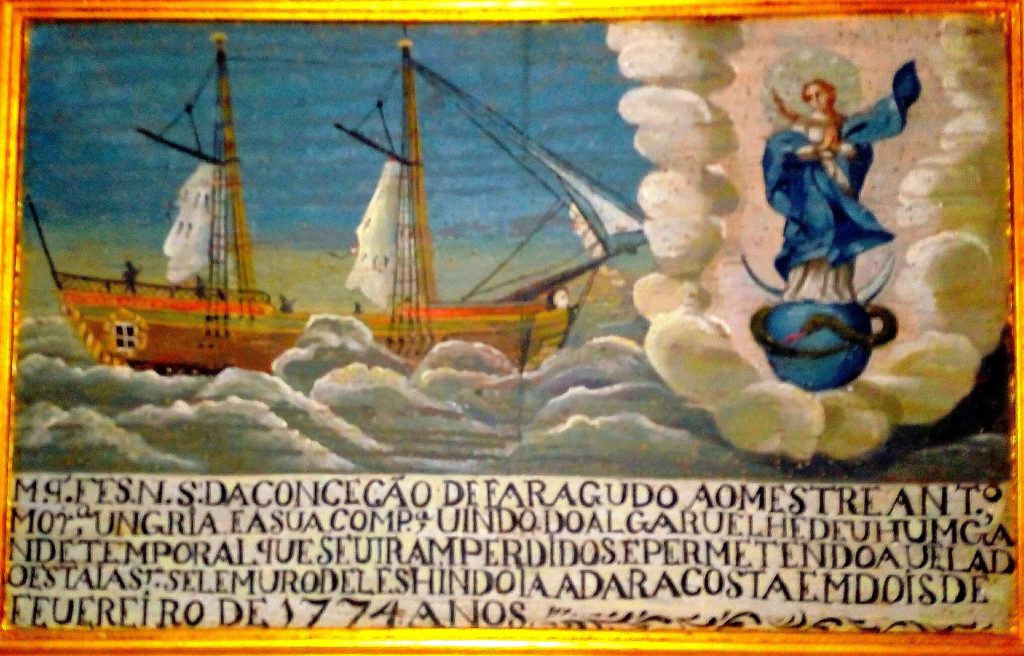
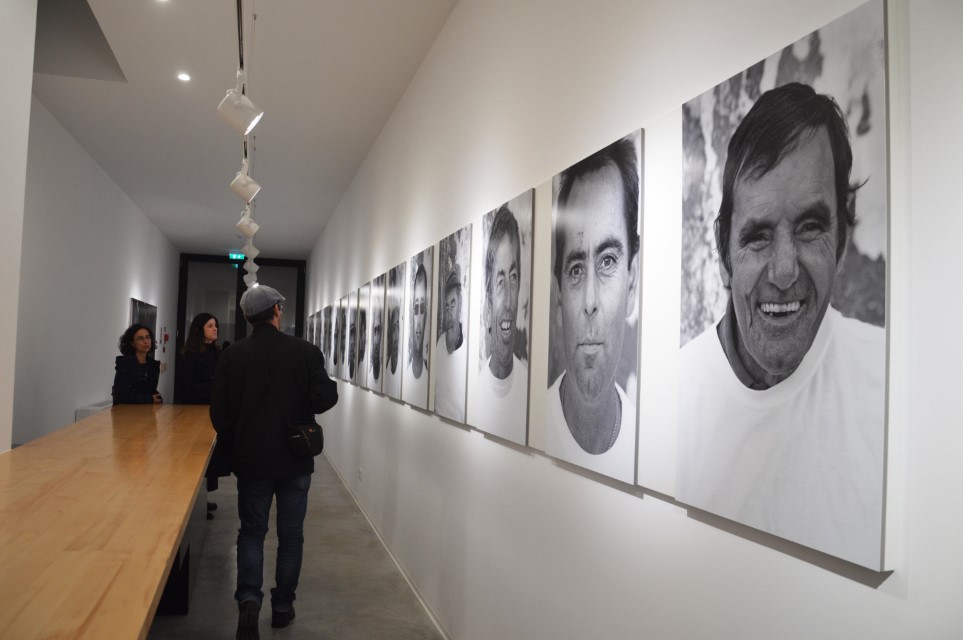
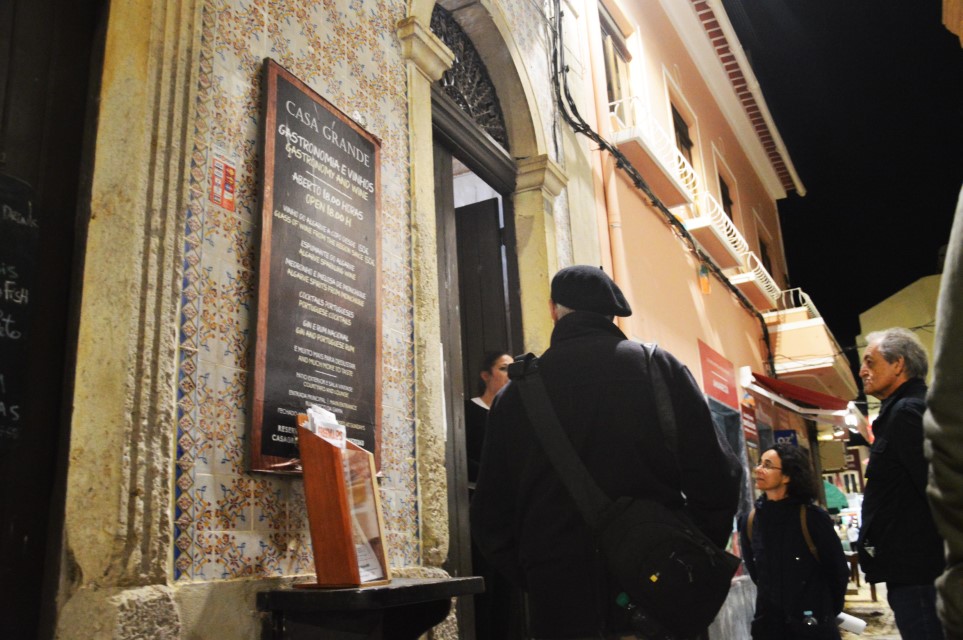
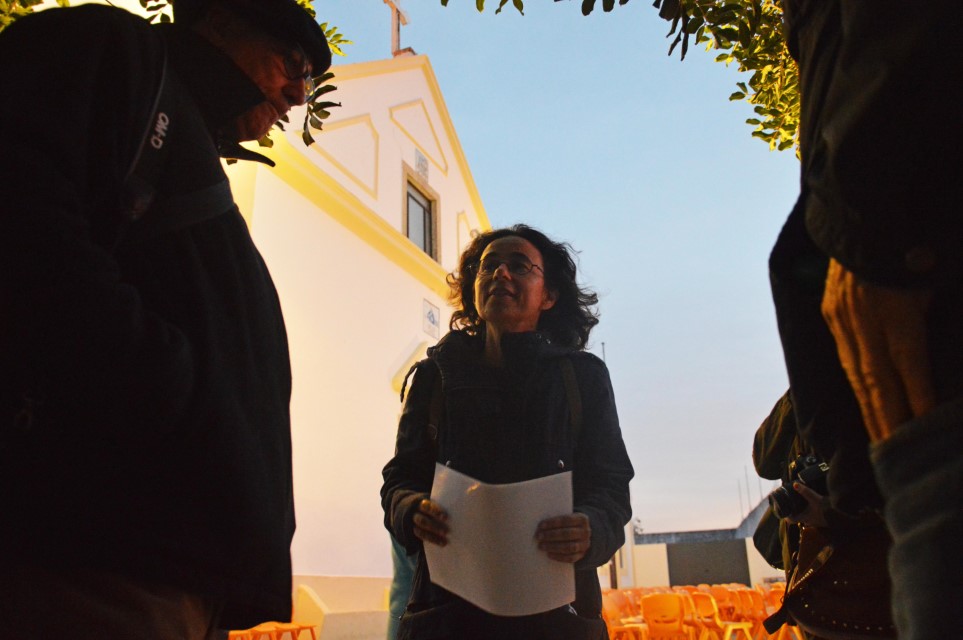
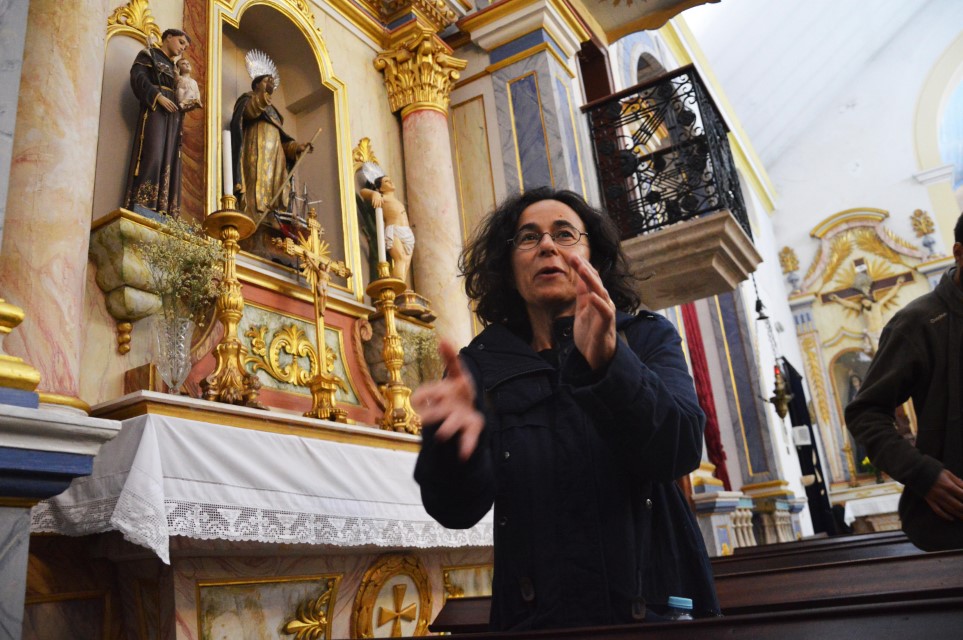
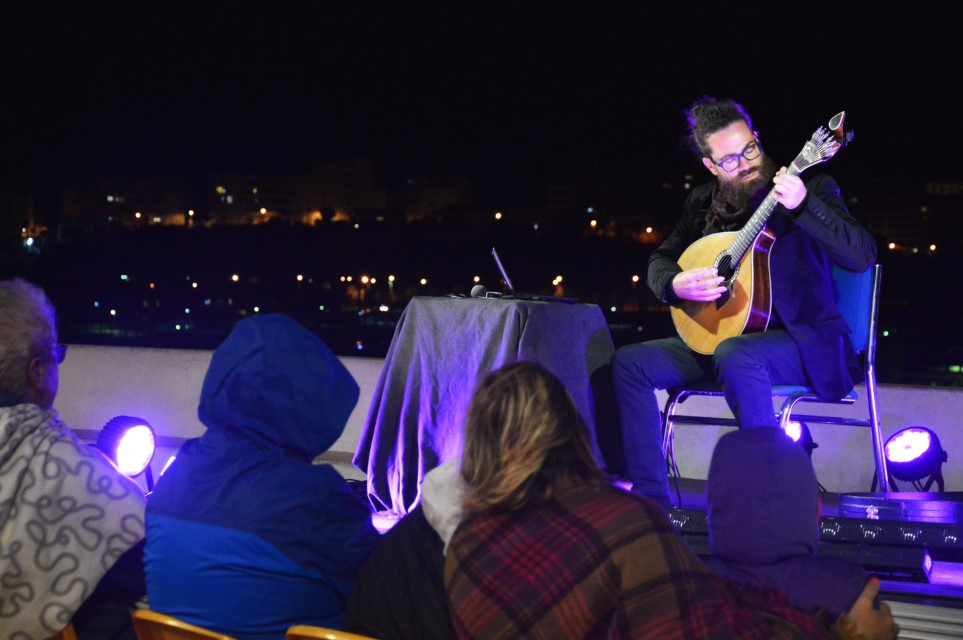
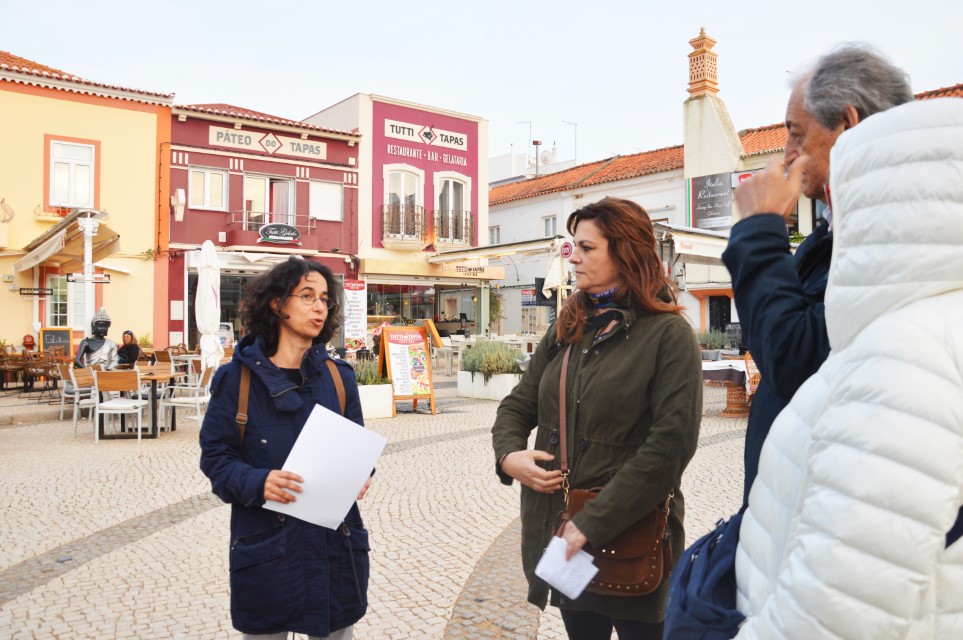
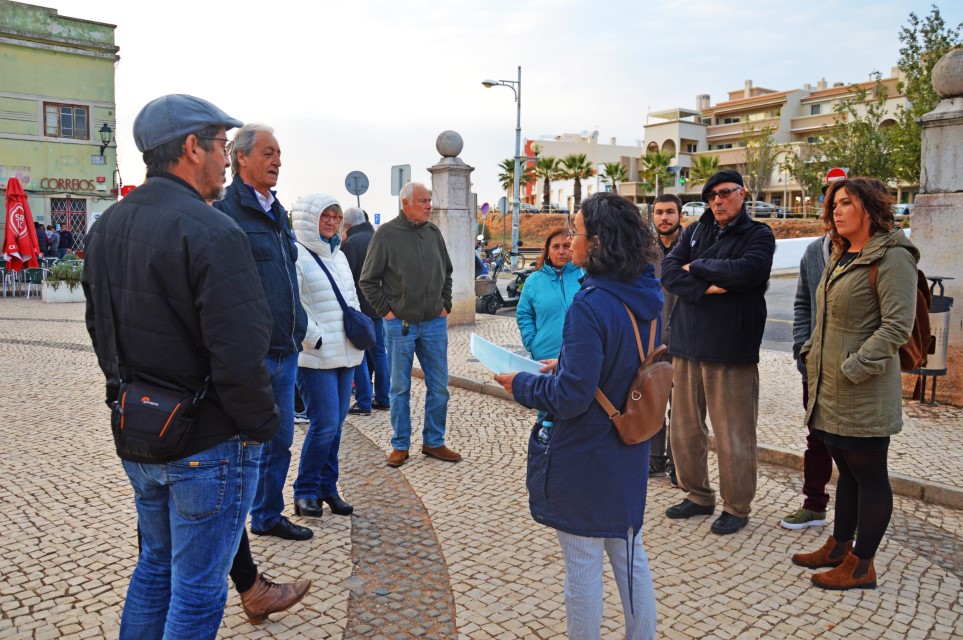
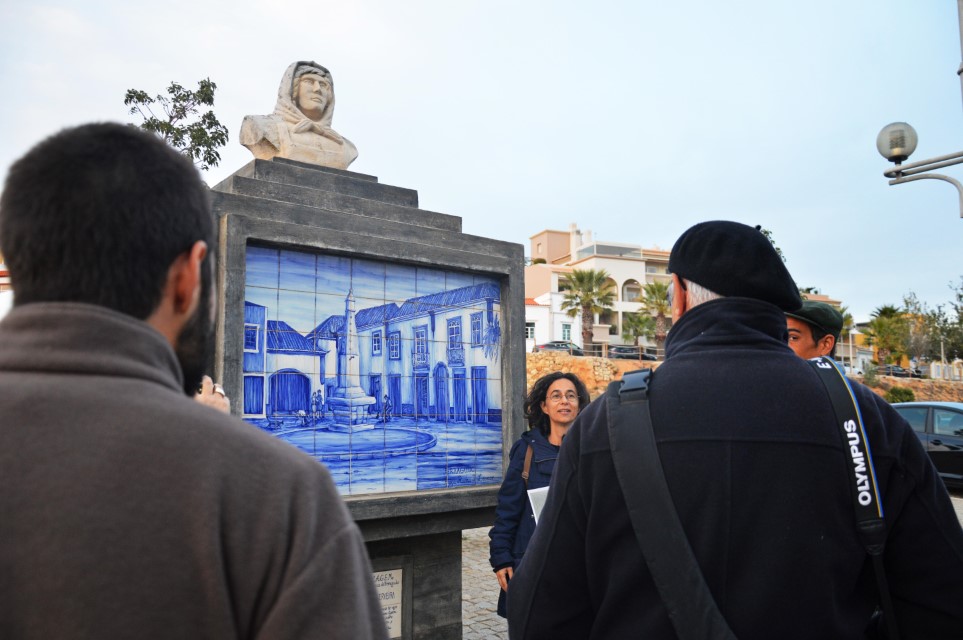
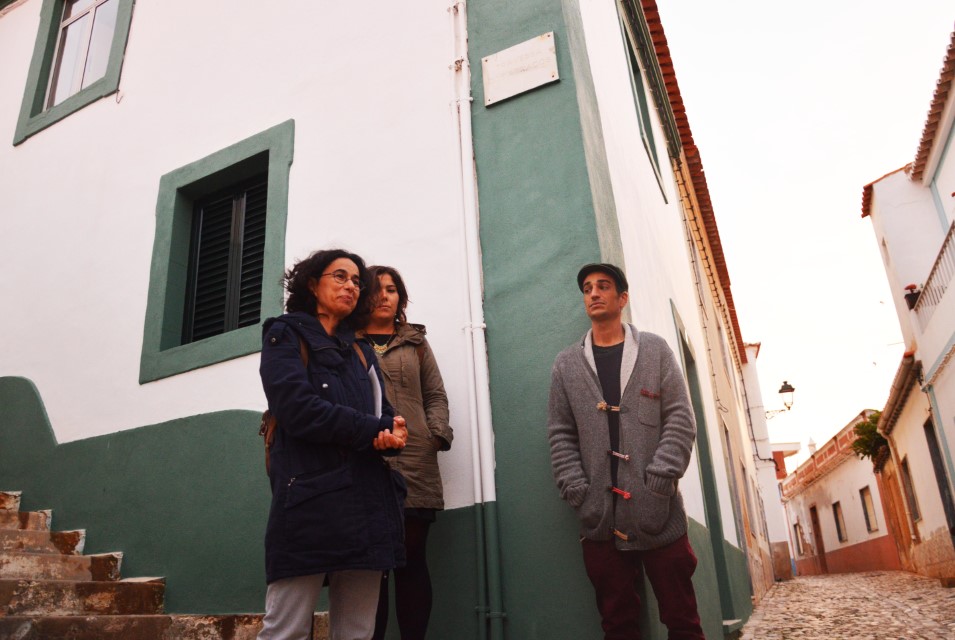
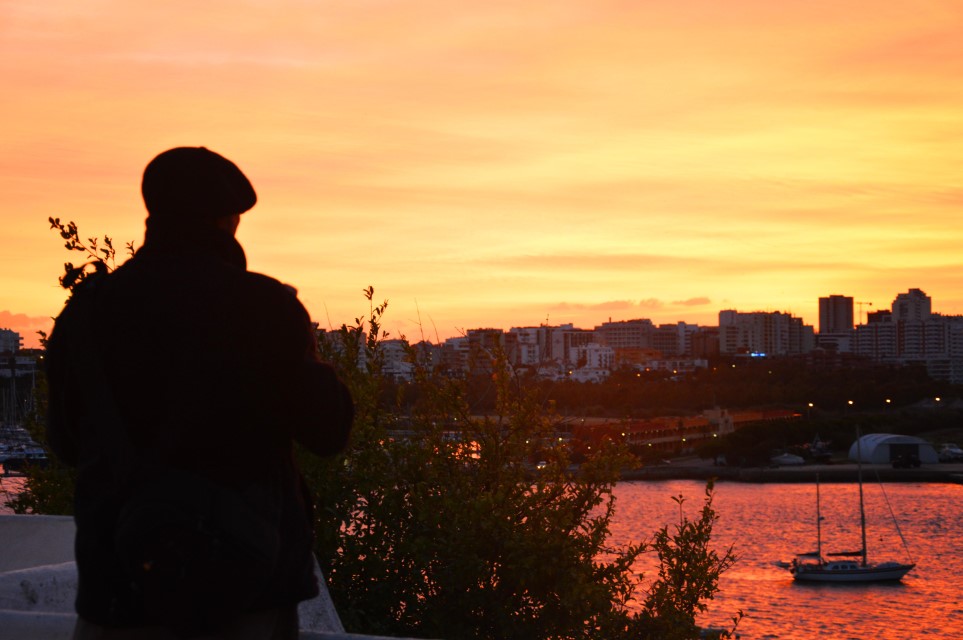
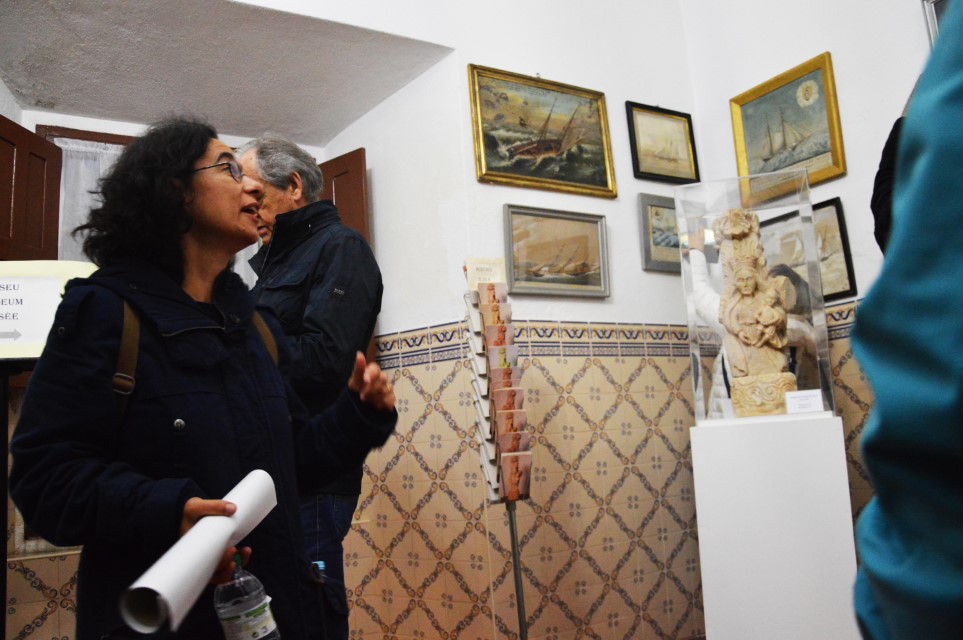
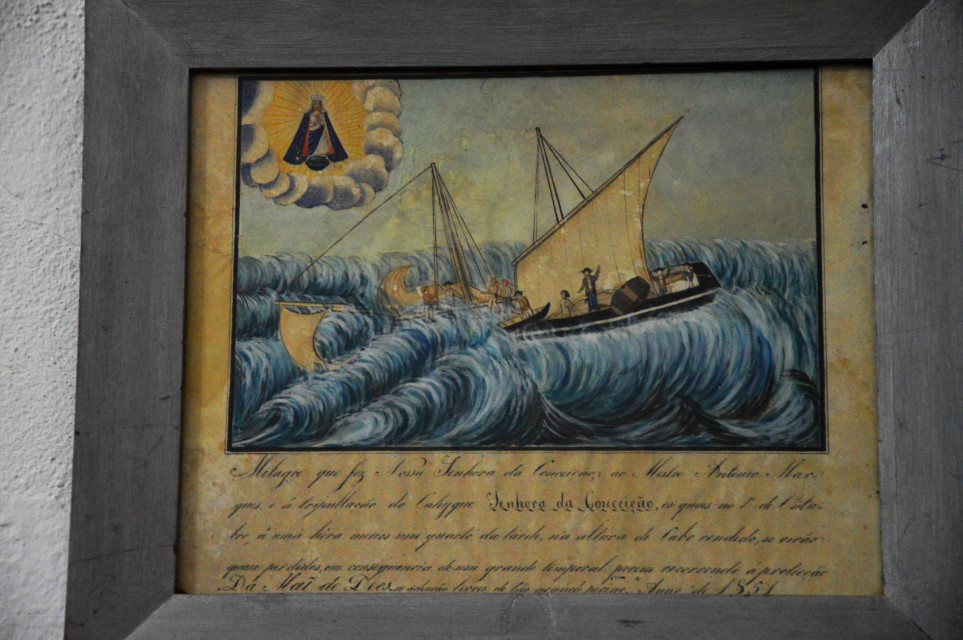
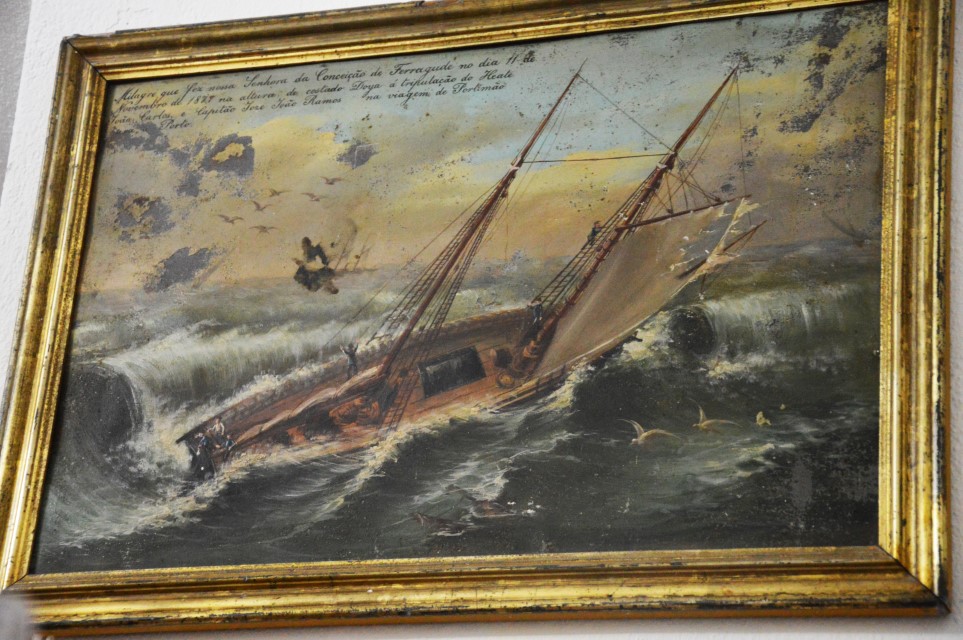
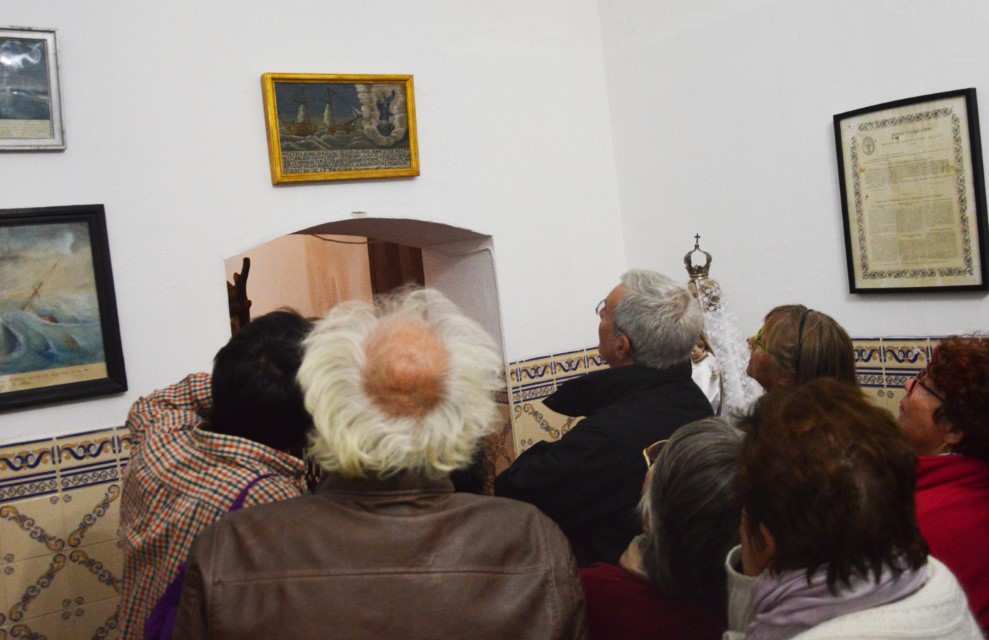
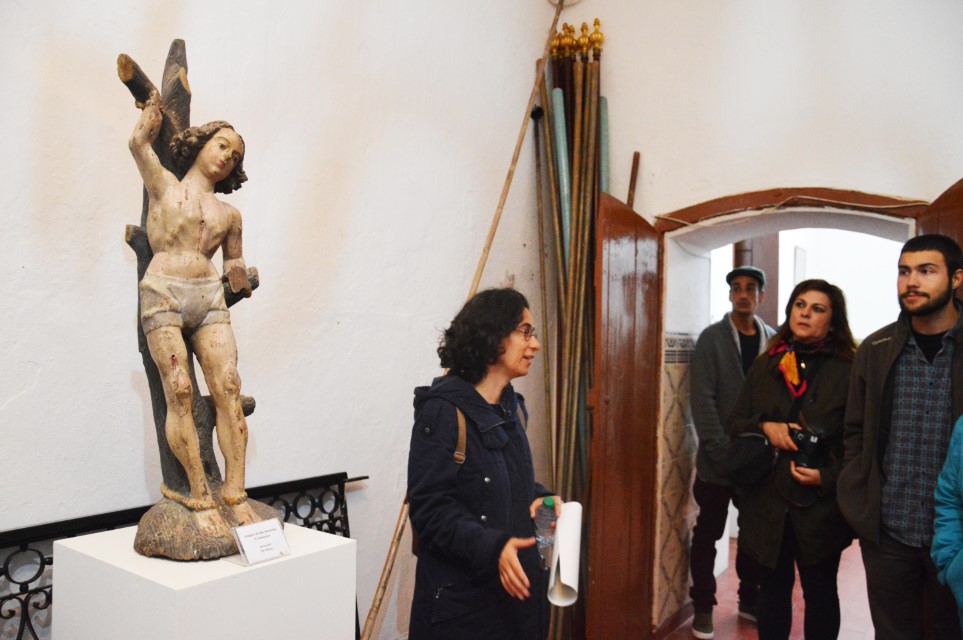
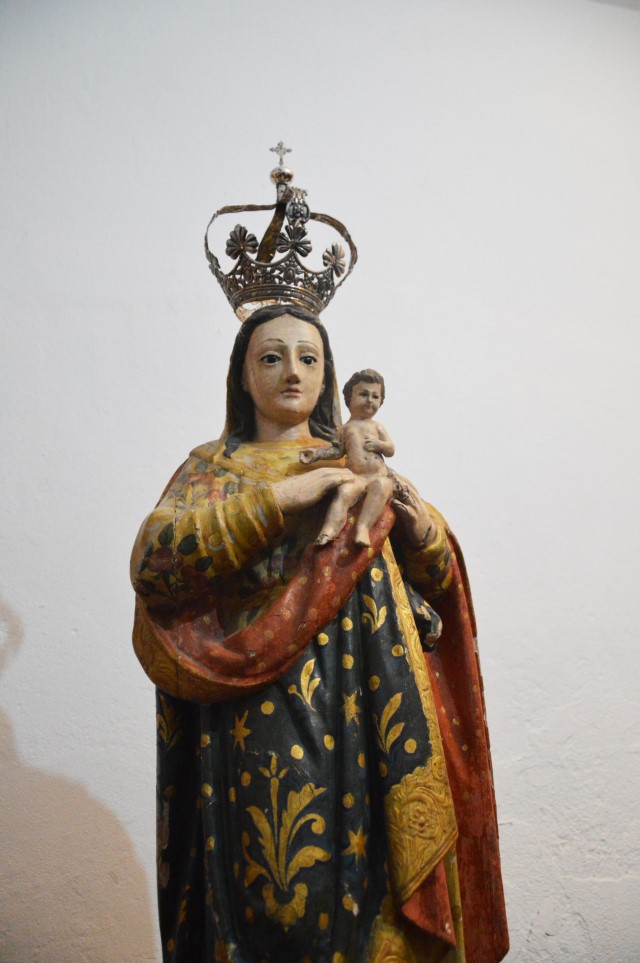
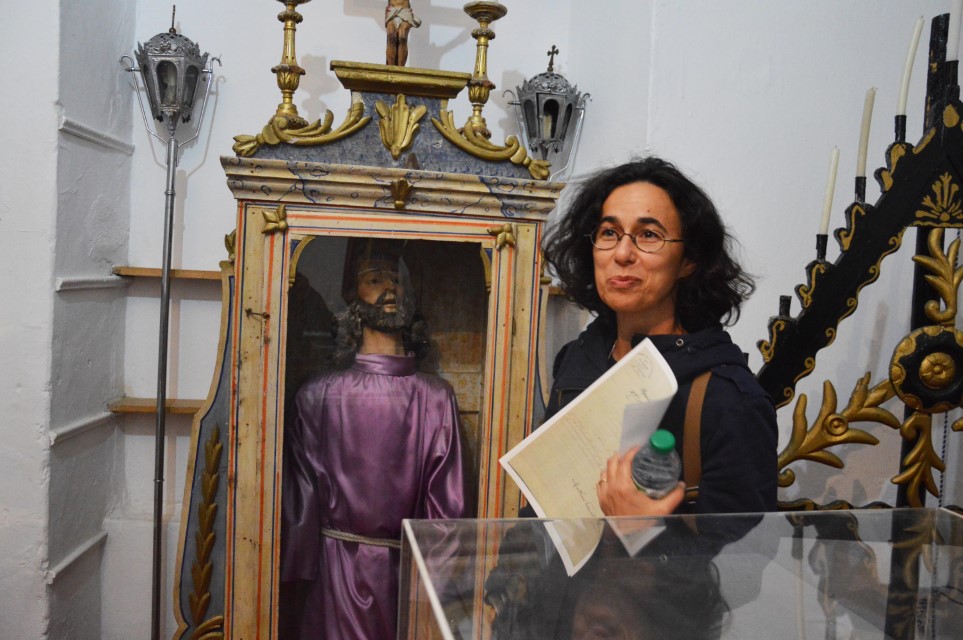
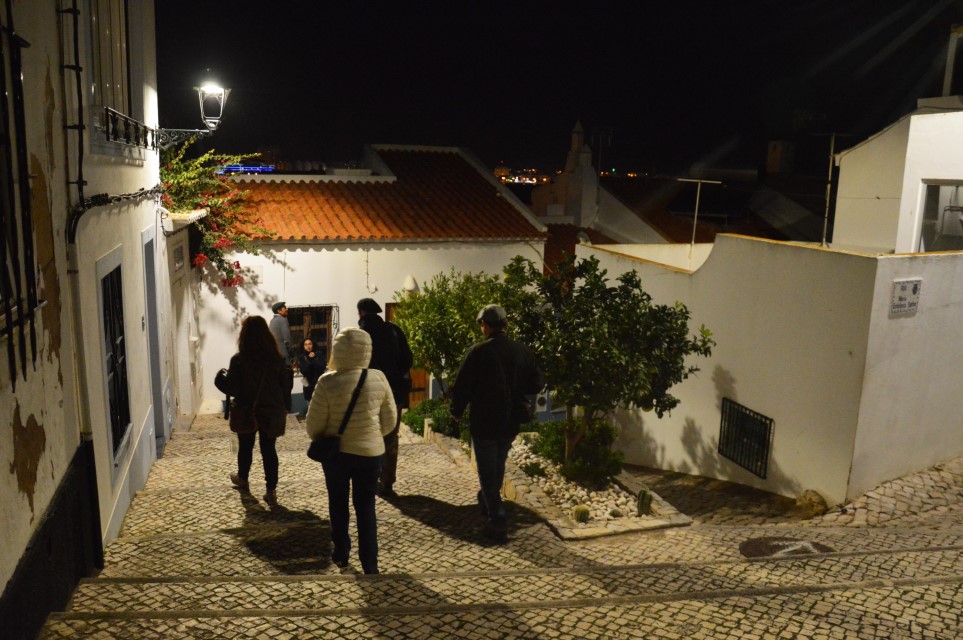
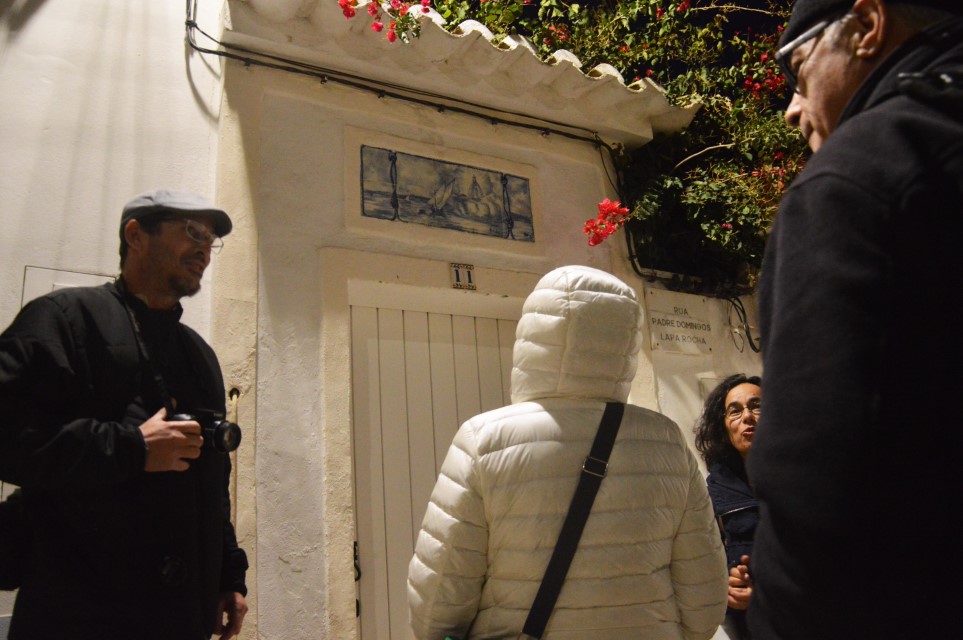
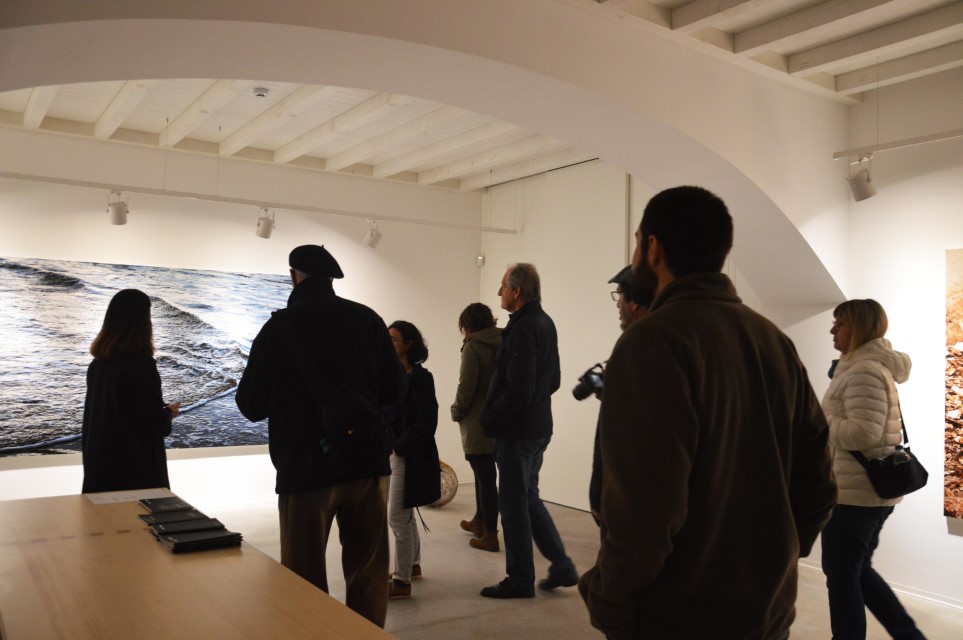
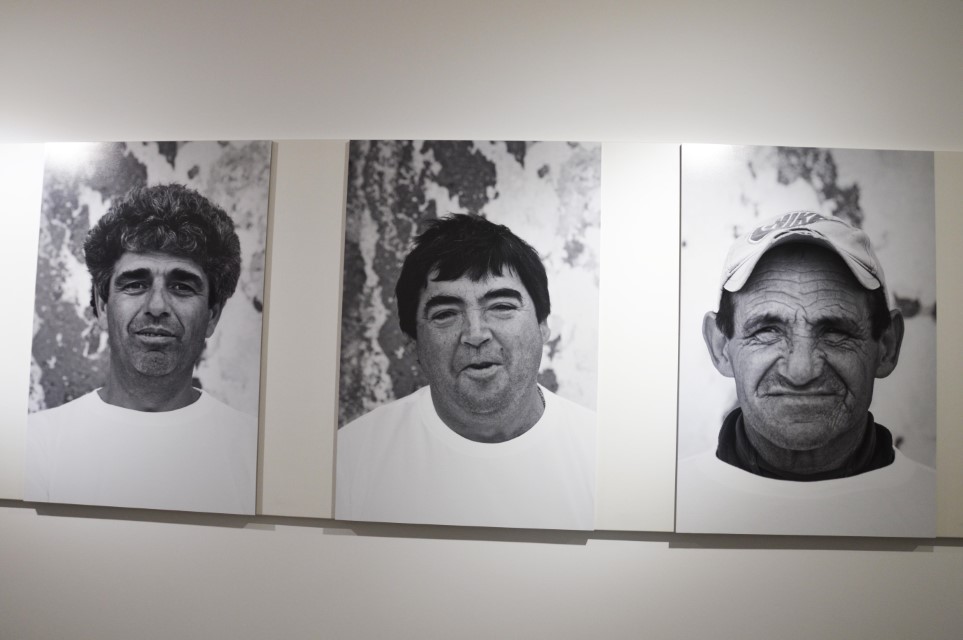
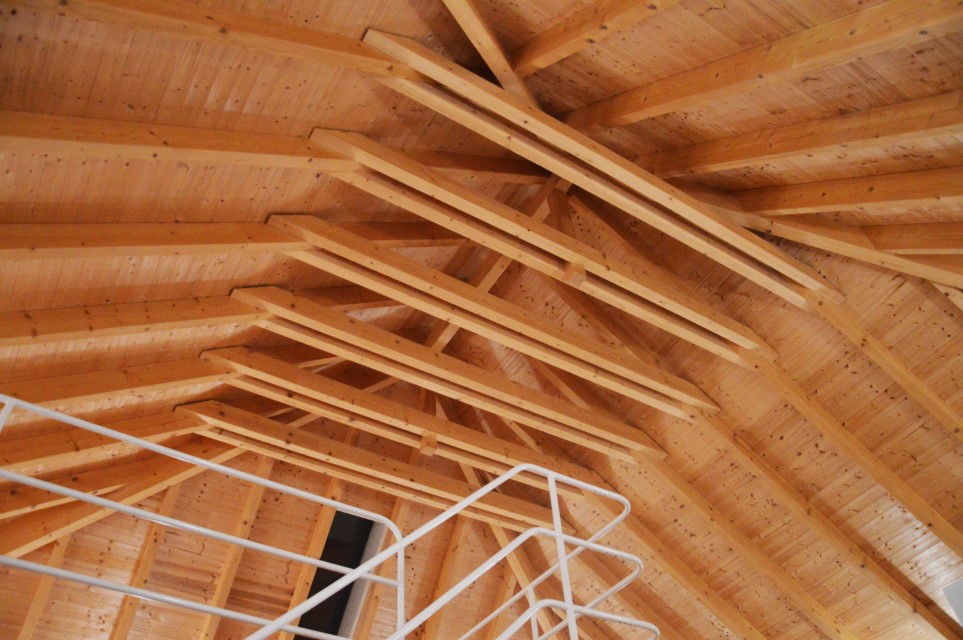
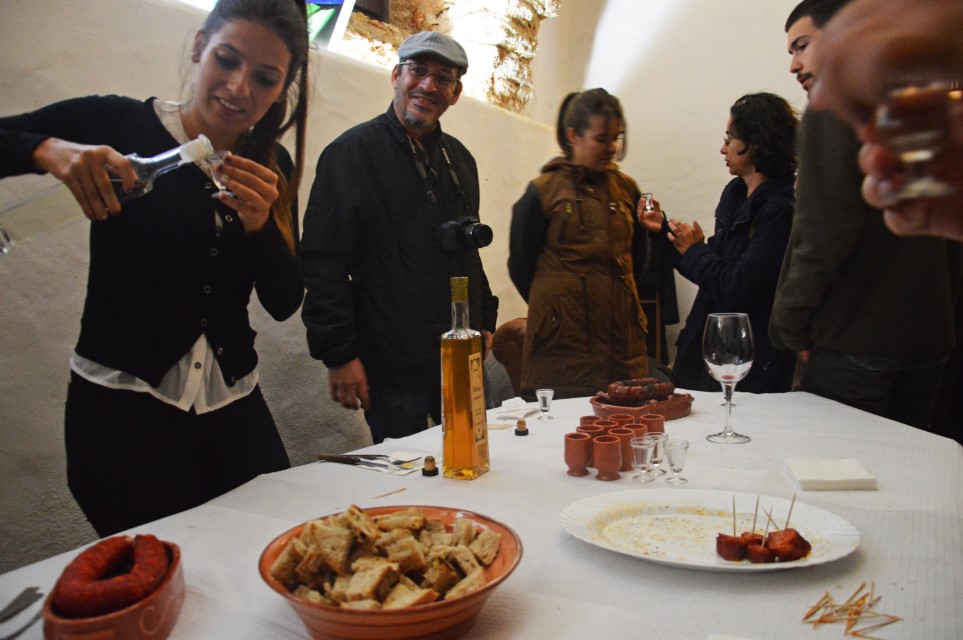
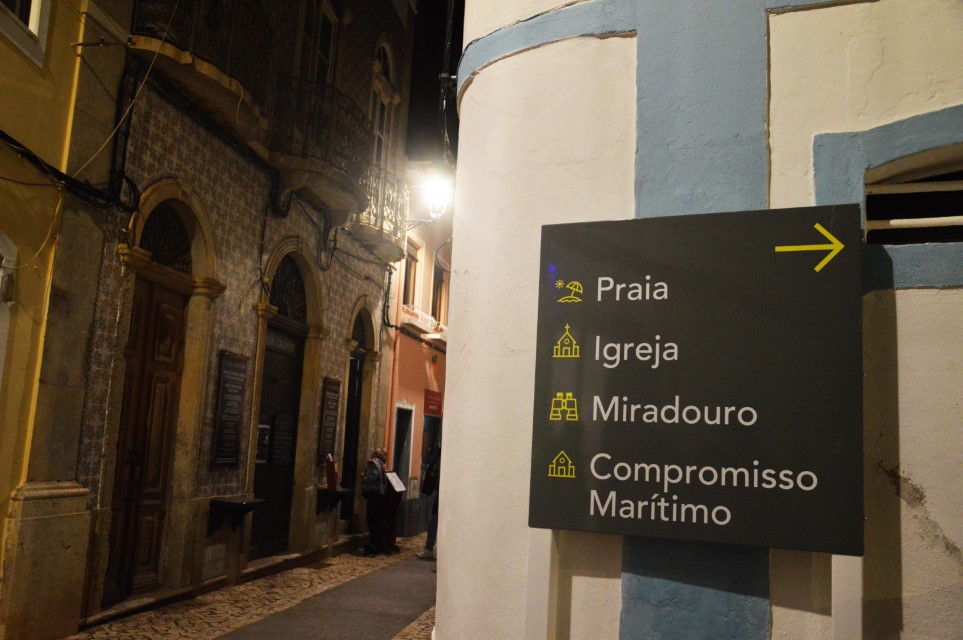
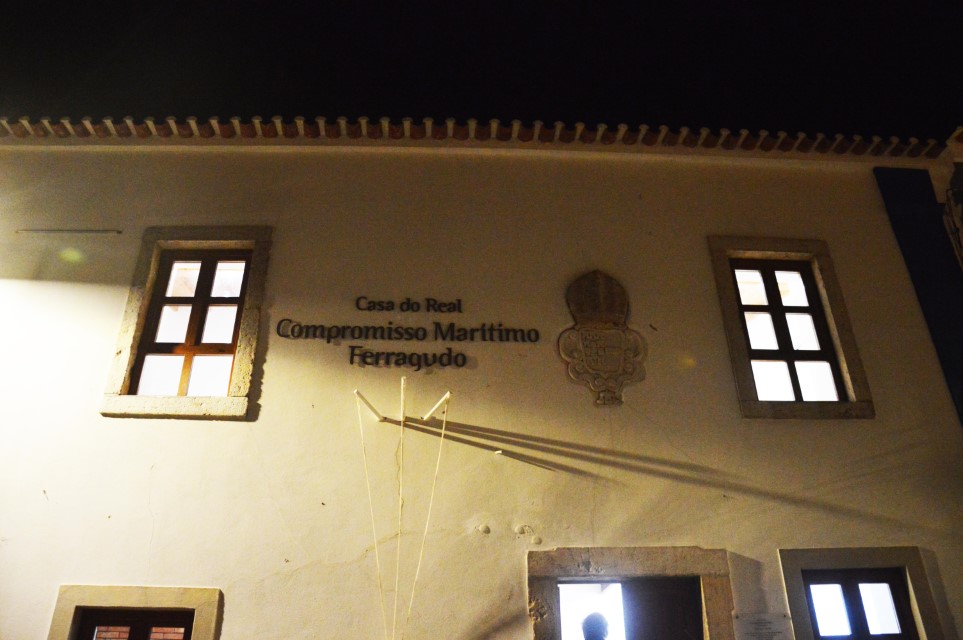
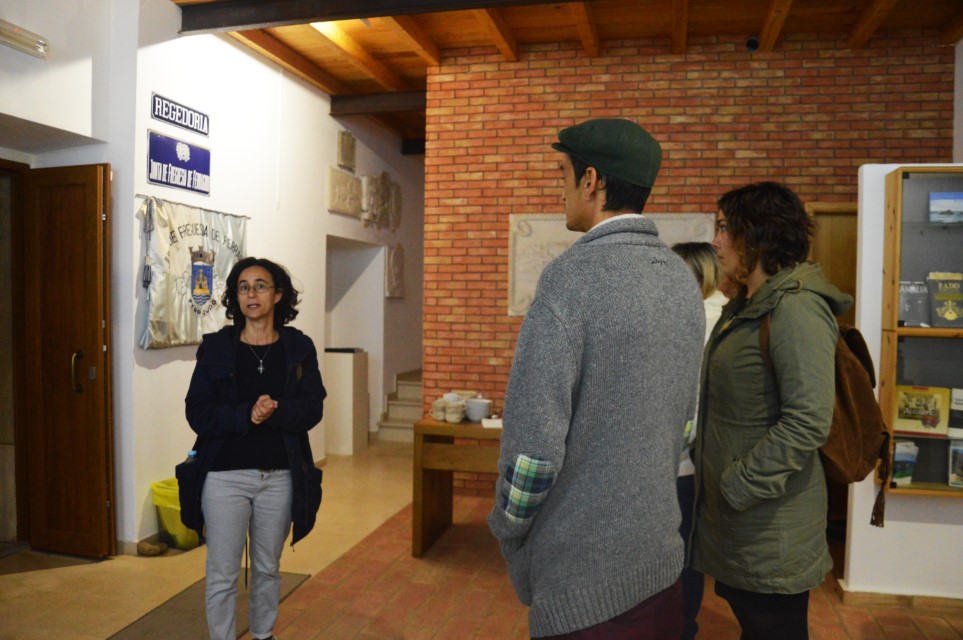
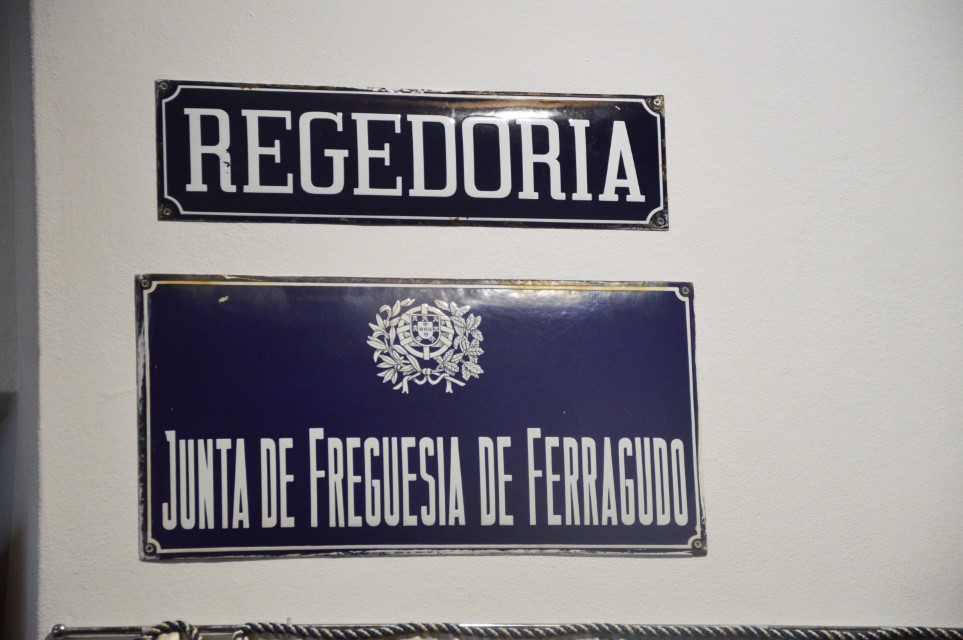
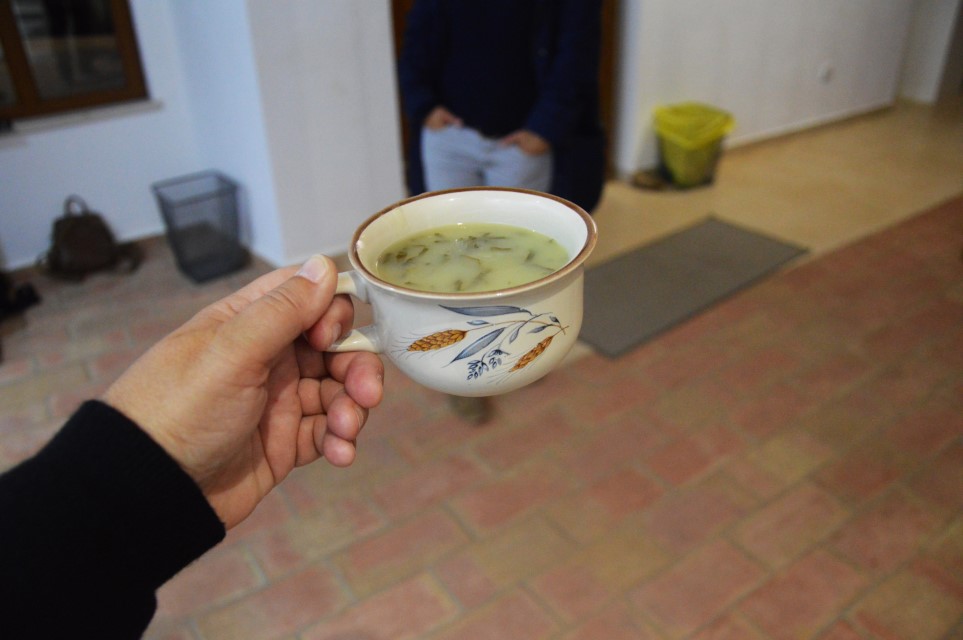
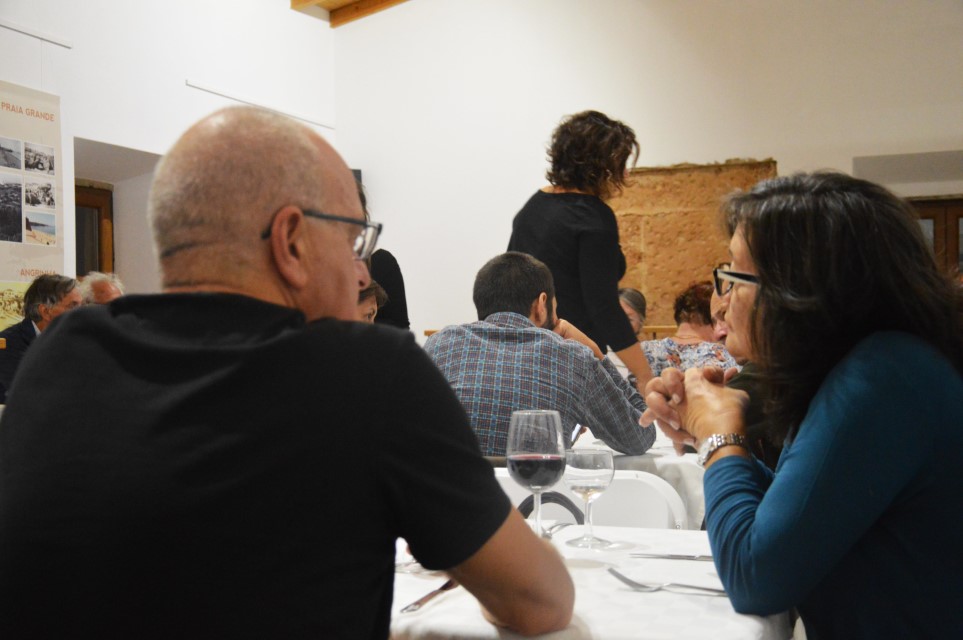
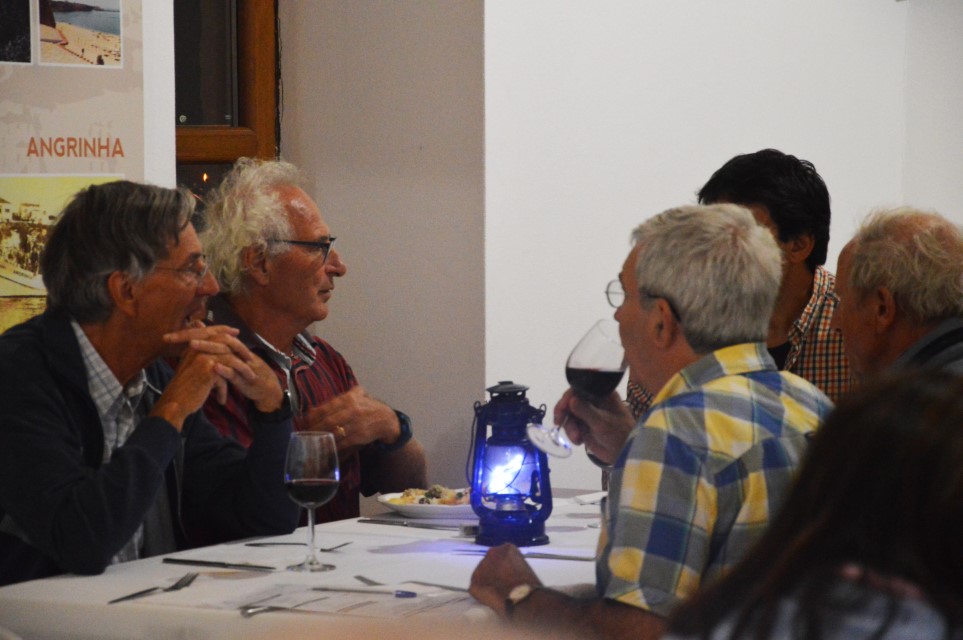
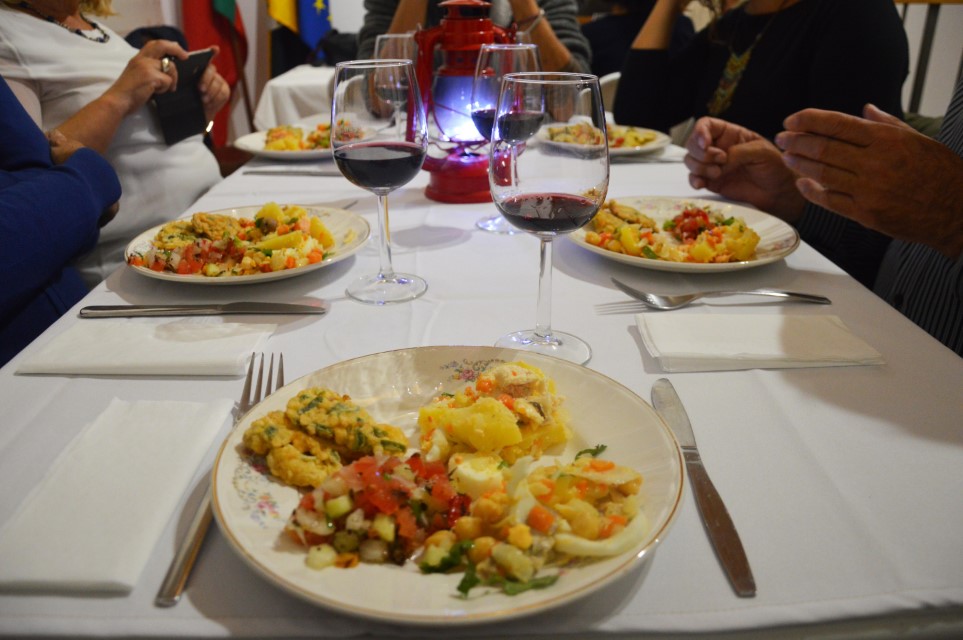
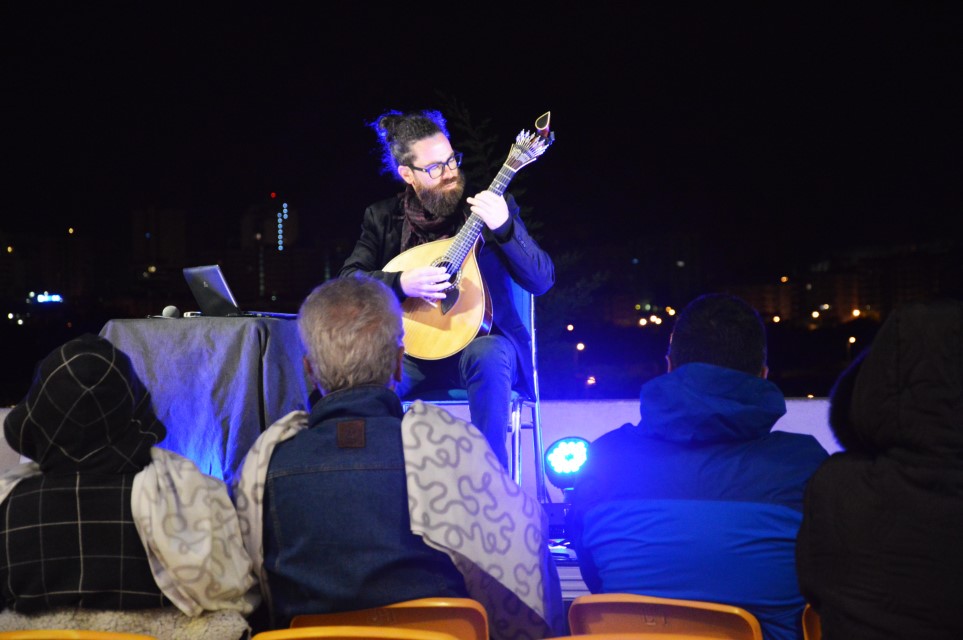
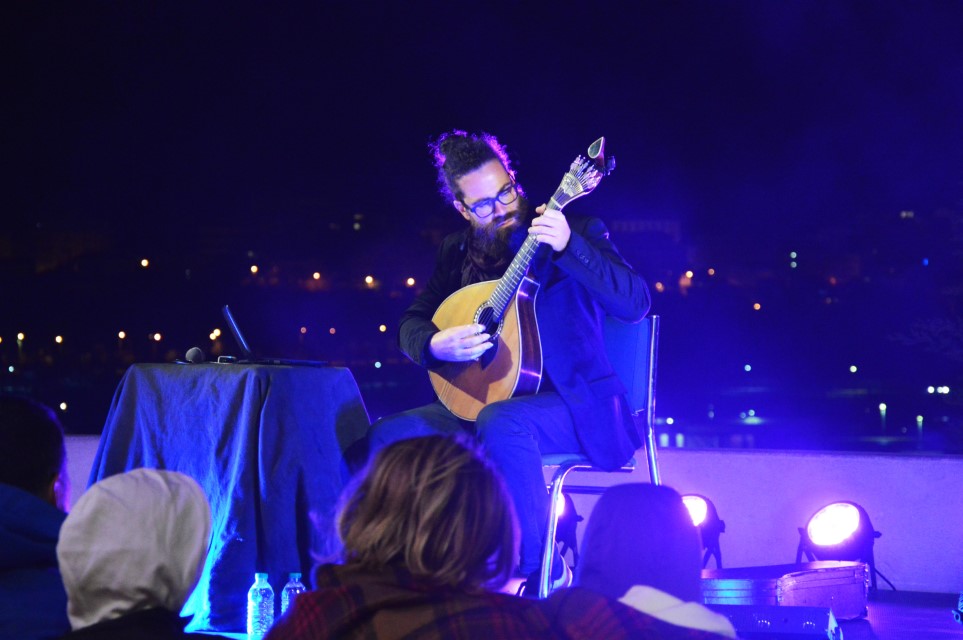
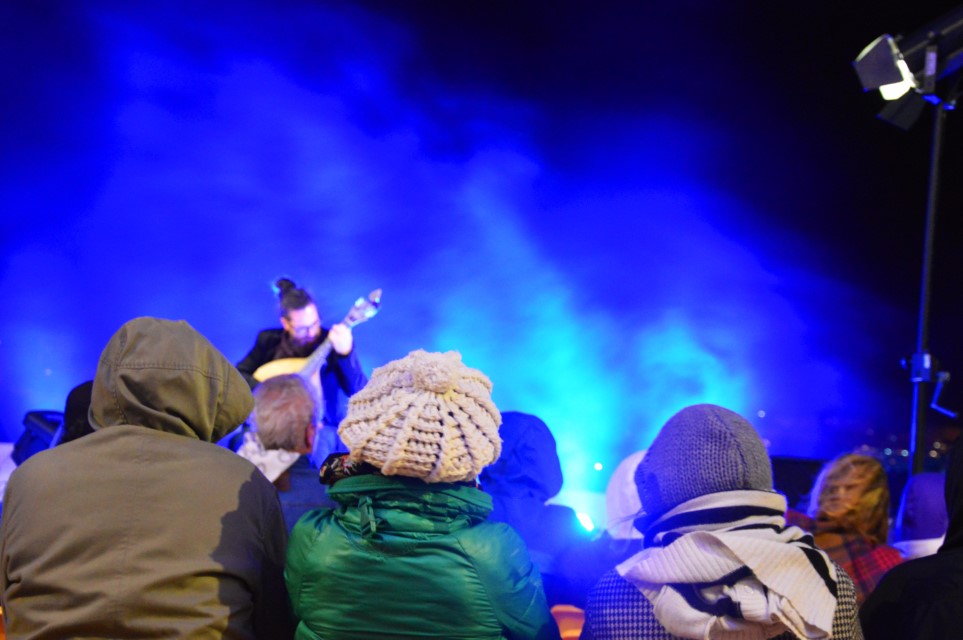


















Comments